I talked about many things in Iran. In my last piece, I gave you a few notes about riding trains in Iran and how the “traveling in Iran by trains” itinerary could work. I pointed out that taking the Trans-Iranian train is the perfect and the cheapest mean of transportation for tourists. Trains in Iran take you to the heart of some very remote and offbeat areas with natural marvels unmatched by any other locations around the world but, however, I didn’t talk to you about the unnatural ones, the ones human beings are and have been responsible for more than thousands of years in Iran.
Do you want to get your visa in 2 days without any hassle? 1stQuest will take care of all the process with best support. It`s cheap, easy and the chance of rejection is almost 0%.
Villages in Iran are great examples of what ancient Iranian people were capable of doing. Several of Iranian villages have long histories and have been around for four-digit year counts. These superb settlements represent the true history, knowledge, culture, art, and lifestyle of Iran and for many of them, the transformation from the old-fashioned ways into the modern contemporary world, are written on the walls and faces of their inhabitants.
Iranian villages are the best place for a weekend gate-away and much asked for among the international tourists. In this piece, I’m going to name some of these eye-catching villages in Iran and explain to you why are they so popular.
Uramanat village, Kurdistan
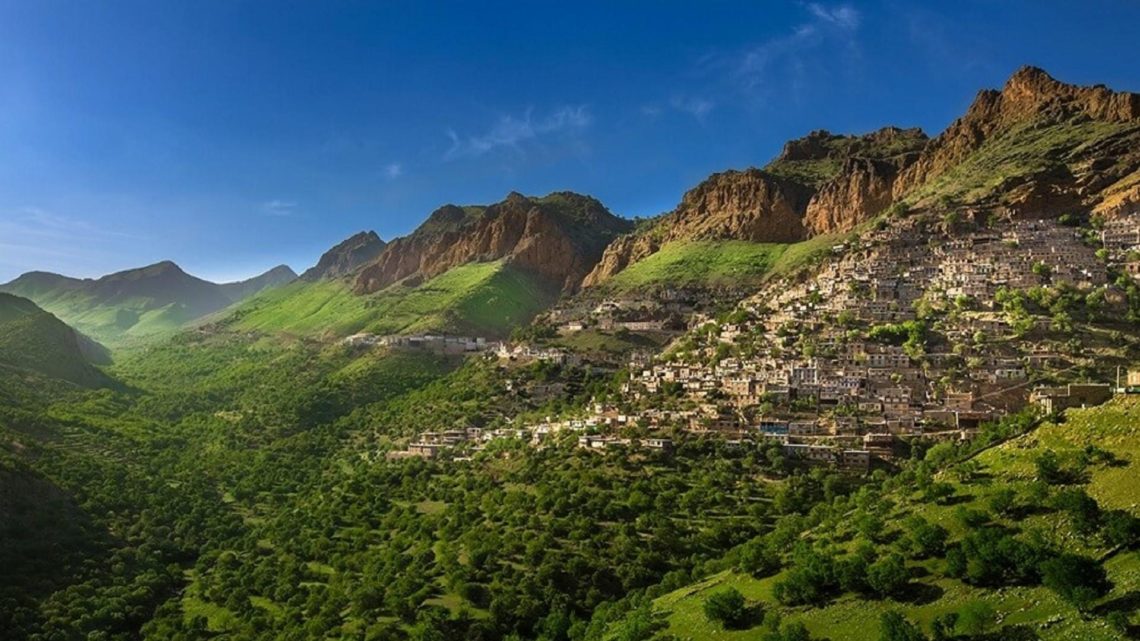
Uramanat village, Kurdistan
Some of the most extraordinary villages in Iran are built on the slopes of high mountains and on steep grounds. Uramanat village is an example of the unique architecture of these villages, same as Masuleh in Gilan province. Located in the western mountains of Iran, with houses on top of each other forming a waterfall shape, this exotic village in Iran is a prominent example of how humans truly integrate with nature and the surrounding environment. People of this beautiful village have a unique kind of lifestyle, distinguishing them from the rest of the villagers in Iran. They are hard-working, sanguine, and over the top hospital Kurd ethics that represent the best of the very best of Iranian features.
Located at an altitude of 1,450 meters above sea level, the village enjoys mild weather in spring and summer, and cold weather during fall and winter. Uramanat is a vast and mountainous area of Zagros, which includes the entire south of Kurdistan Province.
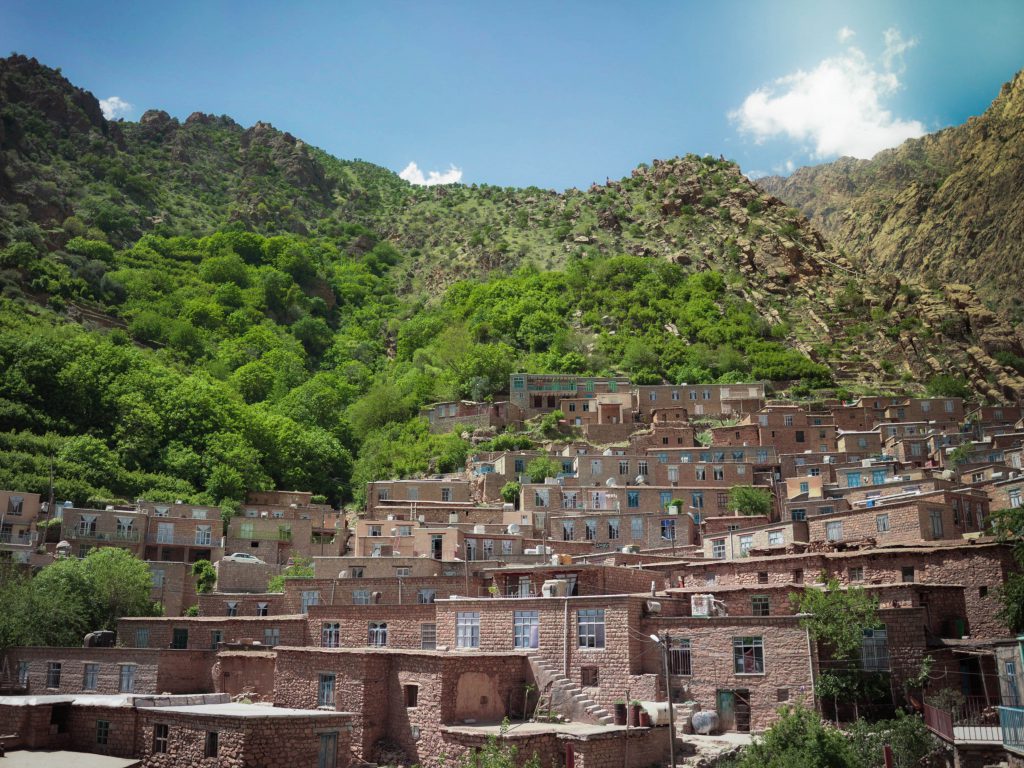
Uramanat village, Kurdistan
Ziarat Village, Gorgan
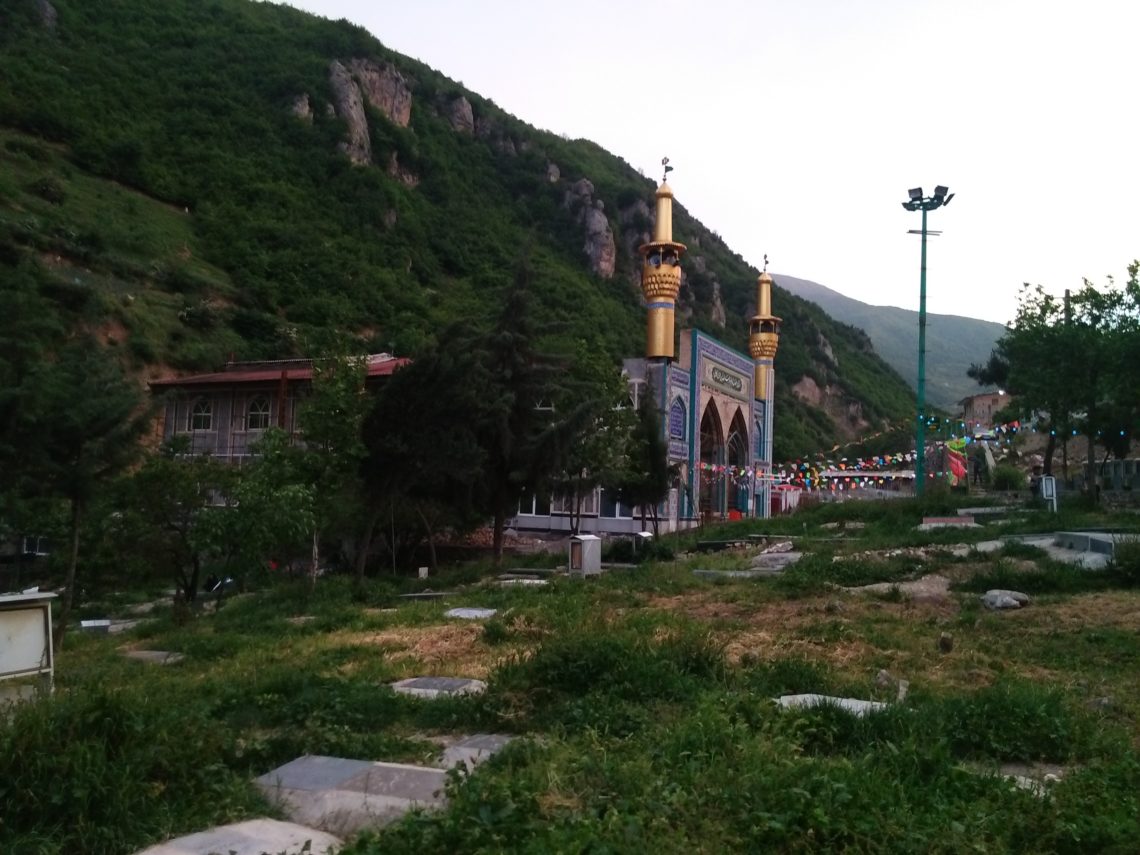
Ziarat Village, Gorgan
Still standing from the Qajar and Pahlavi dynasty, Ziarat village is located in the heights of Alborz mountains with some nice verdant jungles, rural roads, and a small-sized stupendous waterfall at the end of the village that attracts many nature lovers annually. The best time to visit this historical village up 1000 meters above the sea level is mid-spring and early summer, while the weather is not too hot and you can still feel a few cold breezes brushing against your face in the morning and in the night. The local people are friendly and super hospitable and the holy shrine is of great importance to them. Ziarat village can be described as a calm, relaxing, conservative, and ancient environment for everybody.
If you ever found yourself in need of accommodation in Gorgon, this magnificent village is only 20 minutes south of the city and packed with small apartments and lodges ready to welcome tourists. You can access the city with no trouble and as an advantage, Naharkhoran boulevard is the first part of the city on your way that is quite touristic.
Meymand Village, Kerman
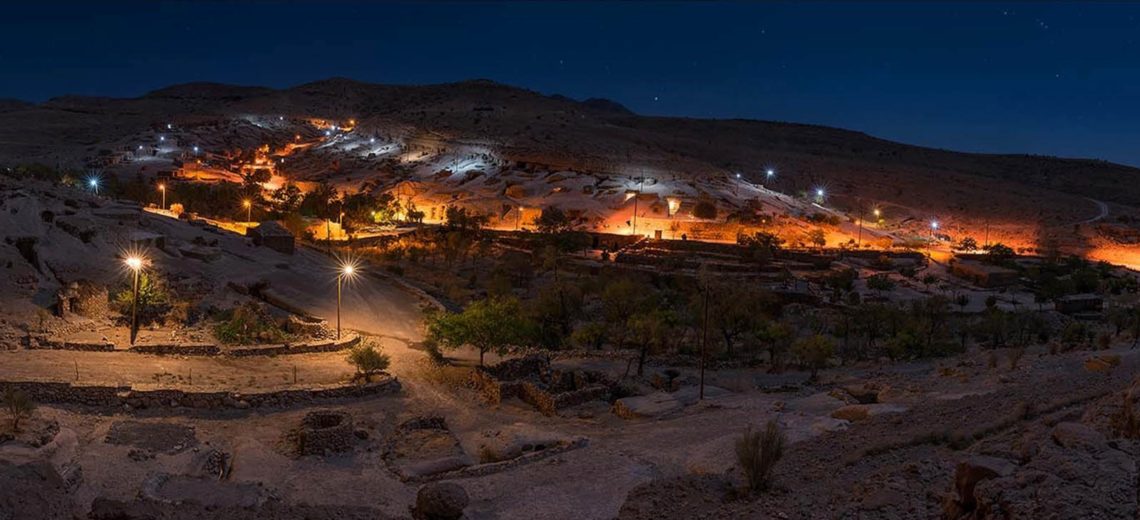
Meymand Village, Kerman
If you’re looking for a historical cave village in Iran, halfway through a hot desert located in the heart of Iran, then Meymand is your next destination. As one of the most spectacular villages of Iran, masses of historical sites and archaeological ruins are within any wanderer’s eye-shot that visits this awe-inspiring village in Iran. Meymand village has been continuously inhabited for 2,000 to 3,000 years, making it one of Iran’s four oldest surviving villages. Some claim that Meymand village has been inhabited for 12,000 years, since the middle stone ages, making it a Mesolithic village. With rocky caves made of layers of magma stocked on each other over a long time, Meymand is a natural eye-catching dwelling settlement and a gold mine for those interested in Iran’s history and rocky settlements.
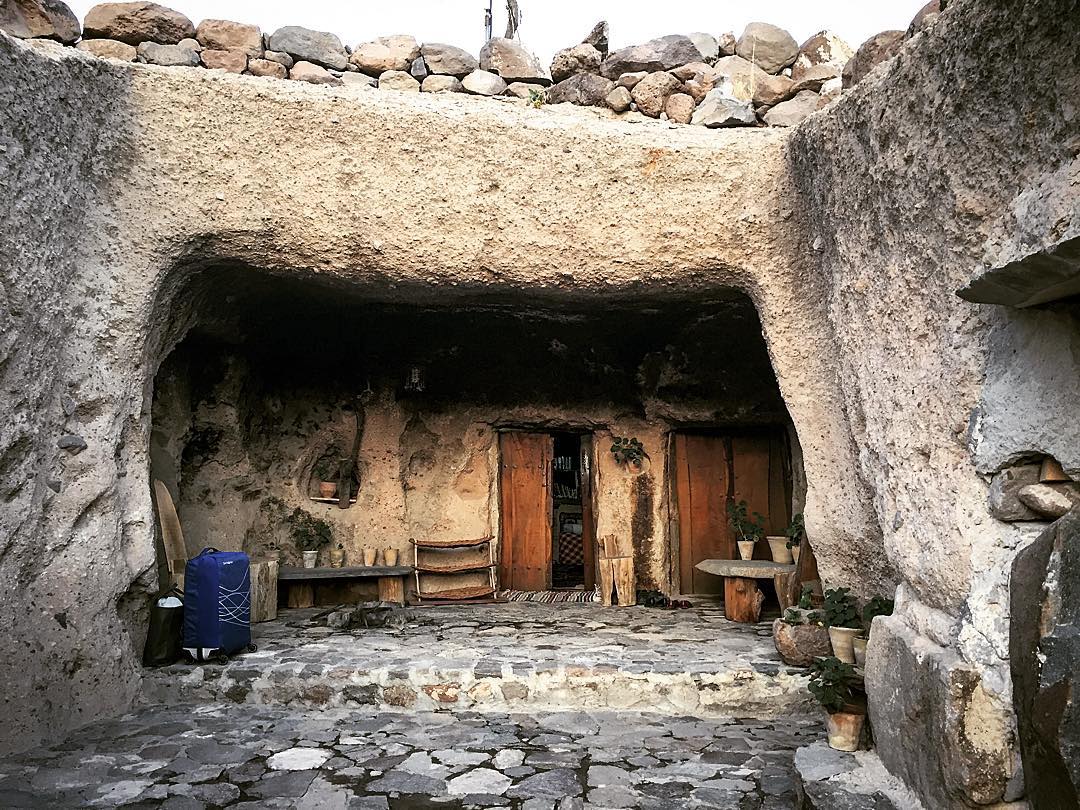
Meymand Village, Kerman
Kandovan Village, Tabriz
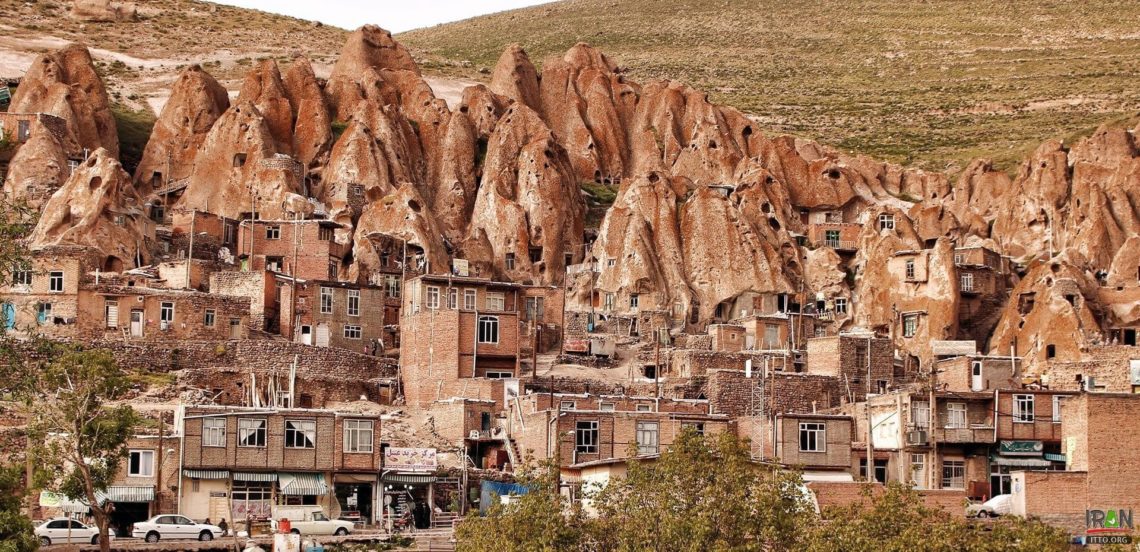
Kandovan Village, Tabriz
Another rocky village situated in East Azerbaijan province, near the city of Tabriz, Iran. Just like Meymand, houses in this village are tucked in within the mountain. These rocky settlements host around 670 proud Turk people with 800 years historical background weighing heavenly on their shoulders. It is said that this beautiful village in Iran has been partially formed by volcanic remains from strong Mount Sahand eruptions some hundreds of years ago.
Kandovan village is one of the most stunning and mesmerizing rocky villages in Iran with unique architectural design, scenic views, and hundreds of limestone caves, still used for shops or houses. Also, there is a rocky hotel in Kandovan which is built within a mountain. Also, some of the impressive handmade dwell “cone” houses are up for rent for a reasonable price. you can book Laleh Kandovan hotel easily through 1stQuest.
Kandovan village is not your ordinary cast-off quiet spot to enjoy the holidays. This natural marvel is packed with local and international tourists soaking in the natural splendors of the village and going around to buy herbs, clothes, and so on.
The village and its inhabitants have been modernized to stay up to speed and to handle flocks of tourists. If you travel to this town, the local residents will allow you to enter their rocky houses and take beautiful photos. Locals are very hospitable. They welcome tourists warm-heartedly. While there is a short distance, less than an hour, from Tabriz to Kandovan, it is better to get a tax.
Also check out the best hotels in Iran
Abyaneh Village, Isfahan, Kashan
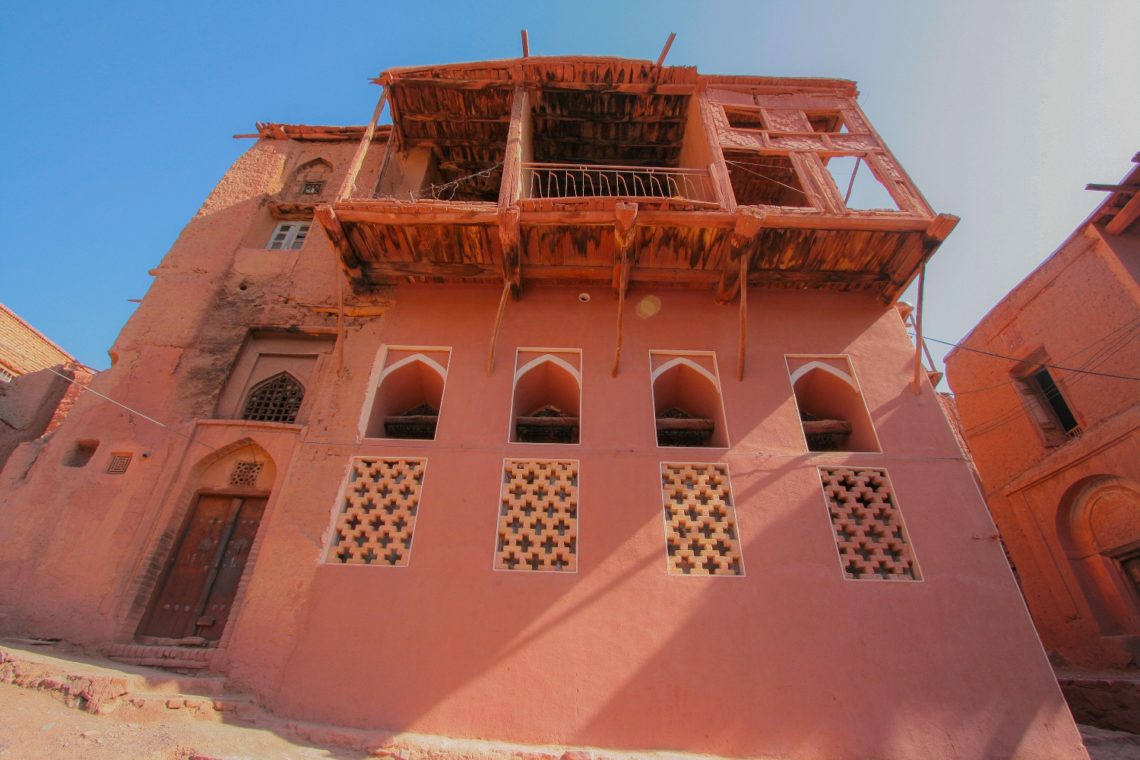
Abyaneh Village, Isfahan, Kashan
Last but not least is the red village in Iran. Claimed the title the red village because of its red soil and houses, Abyaneh is an ancient Iranian village located 70 kilometers south of the city Kashan in Isfahan province. The village is small and pinched into the slopes of the mountainside. Roofs of some houses are courtyards of other ones, the same way that other villages in Iran like Meymand in Kerman or Masuleh in Mazandaran are designed, the integration of housing into the natural environment on steep slopes.
Abyaneh is one of the oldest surviving villages in Iran, dating back to 2000 years ago. It’s close to multiple springs making the village a good spot for agriculture. Abyaneh is an exquisite historical establishment, going way back into the past when the Sassanian empire ruled over Iran. Its residents always dress up in their traditional clothing to show their respect to the customs inherited to them by their ancestors. Its winding narrow streets are paved and filled with locals or historical sites making the side trip to Abyaneh, on the way from Kashan to Isfahan, completely worth the time and energy.
Also check out: 7 days in Iran
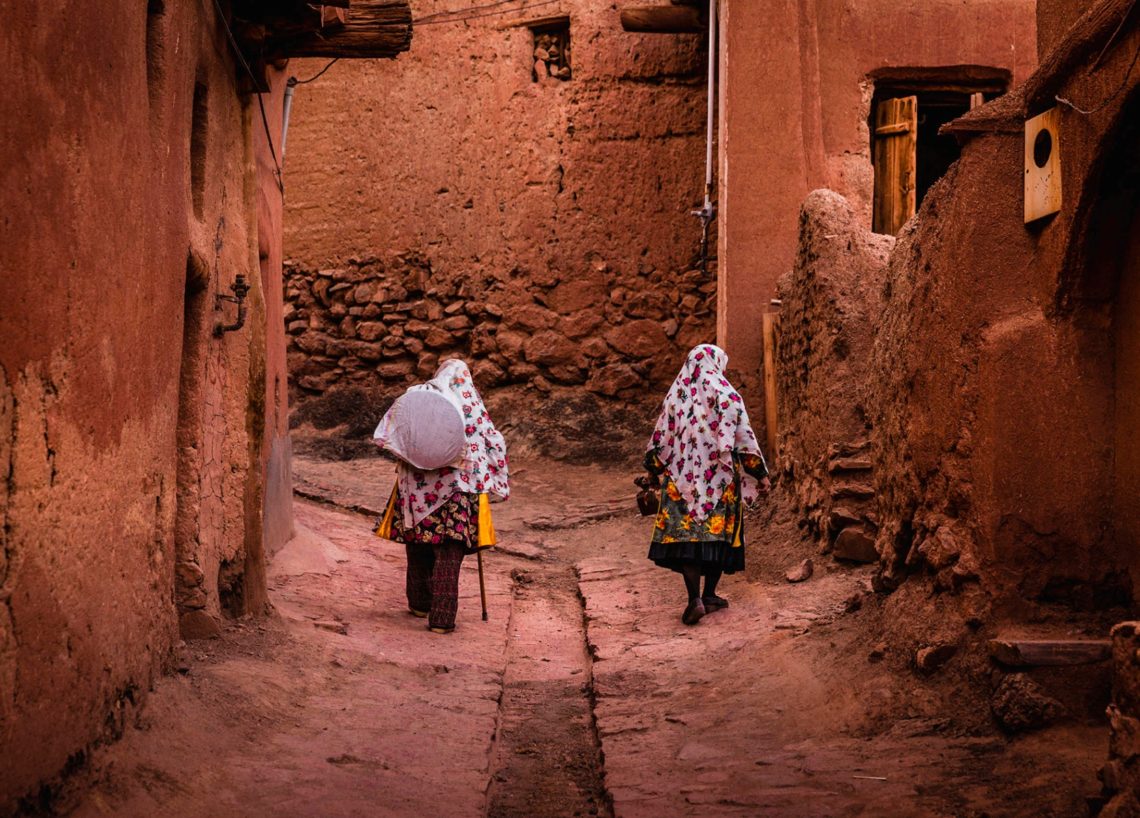
Abyaneh Village, Isfahan, Kashan
Masuleh village, Gilan
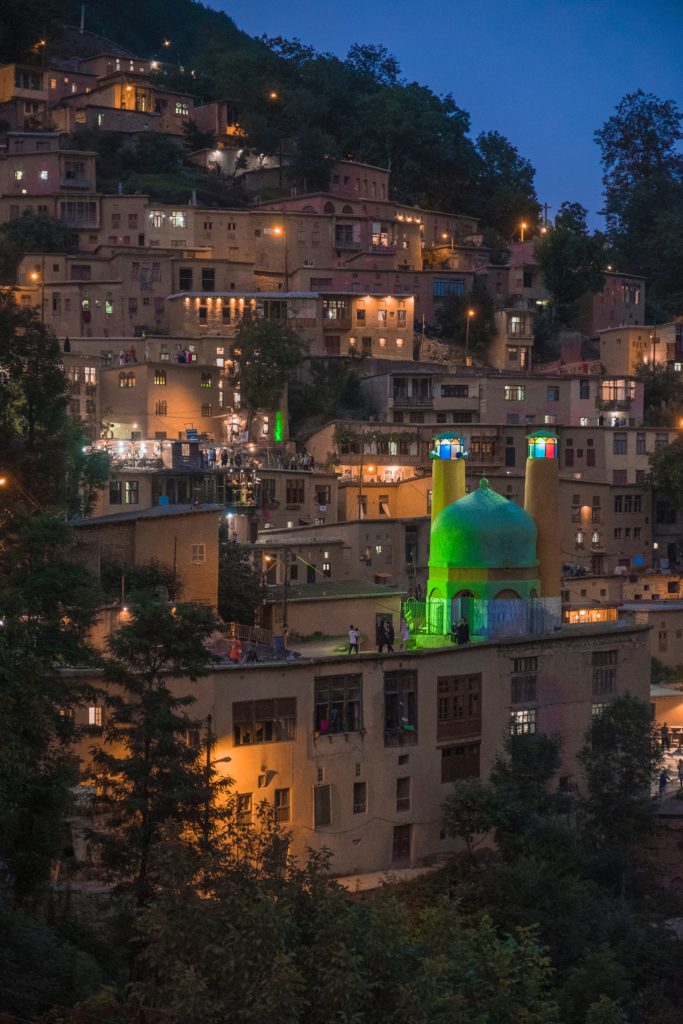
Masuleh, Photo by Amin Safaripour on Unsplash
Located in the northern-eastern part of Iran and home to some of the most stunning landscape in the country, Masuleh is a one-thousand-year-old stepped village and a major touristic destination in Iran. The history of this ancient village can be traced back to a site which now lies six kilometers north-west of modern-day Masuleh. With the province of Gilan lying along the Silk Route, the village (previously known as Khortab, or Masalar) developed around an iron mine and soon grew into a thriving commercial hub with trade revolving around the ironworks industry.
Here, nature, architecture, and the community flourish together. This is a village built not by trained architects, but by the inhabitants themselves. Most extraordinary of all, however, is Masuleh’s ingenious use of public space: with no marked boundaries, all rooftops double as courtyards, gardens and public thoroughfares for the inhabitants on the level above. Meandering stairways, narrow alleys, and paths link one terrace to the other, and the village rises as one massive interconnected, multi-leveled public space shared by the whole community.
Also check out: Discover less known destinations in Iran
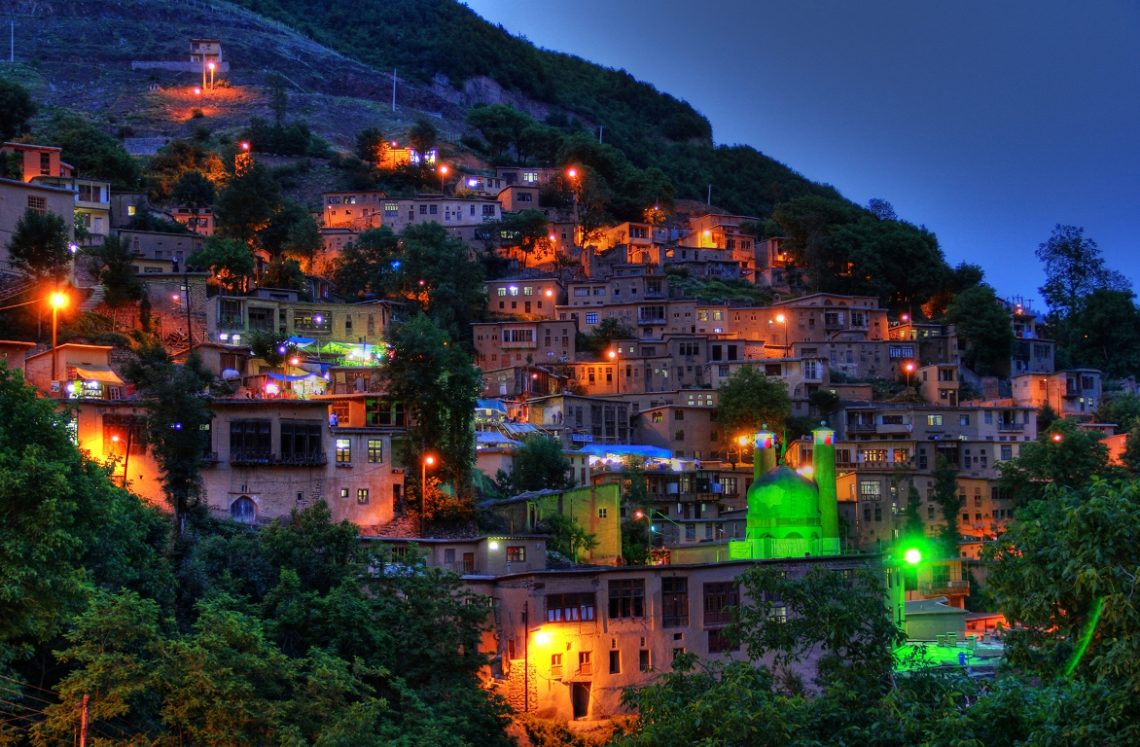
Masuleh village, Gilan


